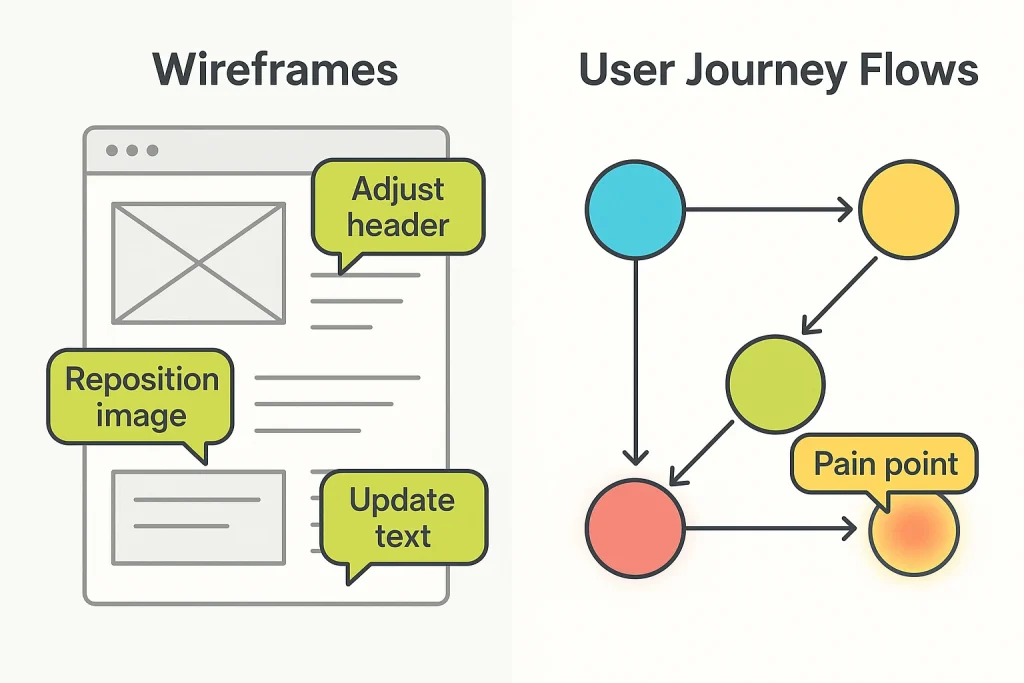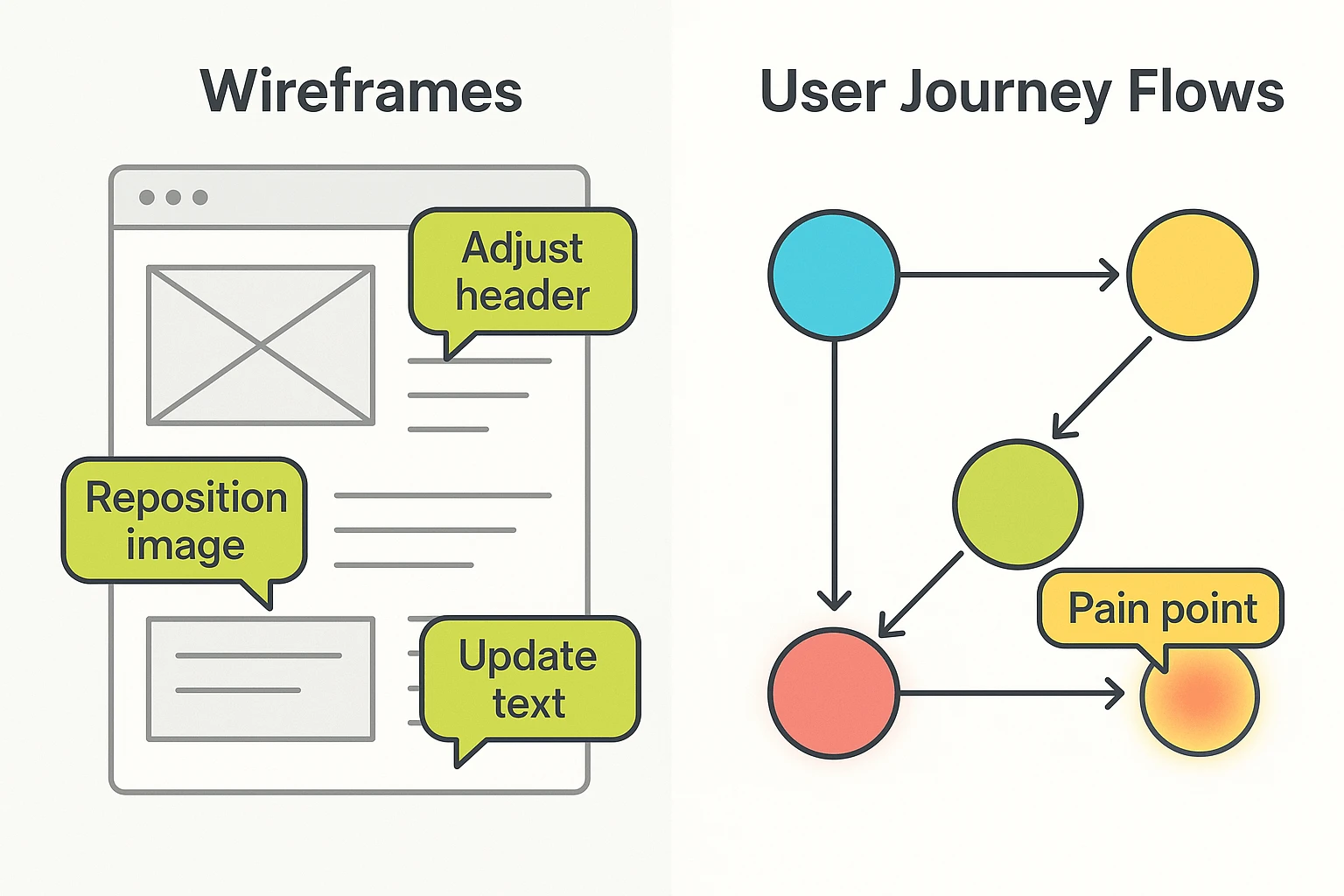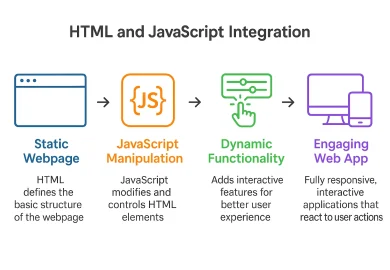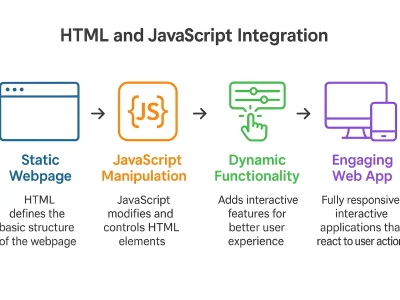Introduction
You have all the skills, but simply being able to create a visually beautiful product is not enough. In today’s world, users want seamless and intuitive experiences that enable them to complete tasks with minimal effort. No matter how visually appealing it may be, a poorly designed interface can frustrate users and drive them away. That’s where usability testing comes into play.
Usability testing guides designers and developers in identifying real users and understanding where they find the product. It uncovers pain points, points of confusion, and opportunities to streamline workflows. You are so focused on usability testing, which ensures that, from prototype to product release, your product is usable in a way that even a non-technical person can use and will be effective.
In this blog post, we will discuss methods of usability testing and their importance in any UX/UI design process. We will also discuss how to conduct usability tests, which tools to use, and what benefits usability tests have brought.
What is Usability Testing?
Usability testing involves observing users as they attempt to accomplish tasks within an application, website, or system. The purpose is to identify usability problems that are not immediately apparent to either the design or development teams. These issues may involve navigation problems, unclear instructions, a confusing layout, or a poor visual hierarchy.
Whereas internal reviews can only go so far, usability testing puts your product in front of actual target users. This provides impartial feedback that can encourage wiser design decisions and reduce support complications after launch.

Key Focus Areas:
- Can users complete essential tasks without assistance?
- Where do they struggle or become unclear?
- Are they aware of what buttons, icons, or menu items are for?
- How do they feel about the whole experience?
Usability testing also allows us to gather emotional insights into how users feel while interacting with the system. Good signals include frustration, hesitation, and delight.
Goals of Usability Testing
Discover Users Frustrations and Blockers
Minor design flaws can quickly turn into significant usability problems. For instance, a user may leave a purchase because the checkout button is not easily visible. These moments are uncovered through usability testing.
Validate Design Decisions
Designers tend to work on assumptions. Usability testing proves whether or not those decisions work for real users and allows teams to circumvent expensive redesign efforts. It helps transition from design gut to evidence-based enhancements.
Make Sure of Accessibility and Inclusivity
By testing with a diverse range of users, you can ensure that people of various ages, abilities, and backgrounds can effectively use your product. This can include elements such as screen reader compatibility, contrast ratios, and easy navigation. A device that meshes with all increases your reach and status.
Tracking Task Success and Efficiency
- Metrics like the following track usability tests:
- Completion rates
- Time spent on tasks
- Error frequency
- User satisfaction scores
- Quantitative evidence for how your design is performing
Build Confidence Across Teams
Test results can align design, development, and business teams. It reduced internal discussions and made it most important for users.
Usability Testing Methods
Not every situation is suited for the same testing method. The most frequently used ones are:
Moderated Testing
In moderated testing, a facilitator guides the user through tasks. This method offers rich insights because the facilitator can query and address confusion on the fly. Best for: Initial prototypes or advanced experiences
Unmoderated Testing
Here, users perform tasks themselves, and the results are logged for subsequent analysis. This benefits from being inexpensive and testing at scale. Wander: Best for: Big groups or fast-turnaround projects
Remote Testing
Participants log in from all over the world using platforms like Zoom or Lookback. There are two types of remote testing: moderated and unmoderated remote testing.
In-Person Testing
This classic approach also occurs in a lab, where you can observe body language and emotional responses. It is best suited for usability labs or controlled settings. Best for: Observing details and launching products
Guerrilla Testing
A fast, non-formal testing done in public, such as in cafés. You approach random people and ask them to do some quick tasks. It helps gather ad hoc feedback from a different set of users. Great for: Early design feedback
A/B Testing
A/B Testing A/B testing can be used as a systematic approach to comparing two or more design variations by measuring user responses with specific metrics such as click-through rate, conversion rate, and engagement. While not a standard usability testing method, it has its place in verifying how a design performs in real-world use. This data-driven process aids in perfecting current features and grounds design decisions in evidence.
Best for: Testing different versions of interfaces and optimizing features with performance metrics
Eye-Tracking and Heatmaps
For example, eye-tracking and heatmap tools can help with visualizing how users engage with a page. Eye-tracking devices record where users are looking, how long they are focused, and the order in which their eyes travel, whereas heatmaps show where there have been significant interactions through mouse movement, clicks, and scroll behaviour. These are particularly helpful for judging the effectiveness of visual hierarchy and layout.
Best for: Visualize user attention flow and enhance content positioning and design structure.
How to Prepare for a Usability Test
Set Clear Objectives
Set what you want to learn through the test. Which part of the application are you testing, the onboarding process, the checkout flow, or just general navigation?
Choose the Right Participants
Choose users who reflect your actual audience. For instance, a finance app needs to be tested with individuals who already deal with digital banking services.
Develop Realistic Scenarios
Design task flows that mirror actual user goals. Steer clear of step-by-step instructions. Set tasks like: “Search and buy a mobile phone under ₹15,000″.
Plan Post-Test Activities
Plan for reporting to stakeholders after the testing. Tightening the loop with recording and tagging insights in tools like Dovetail.
Analyzing Test Results
Categorise Feedback : Categorize the issues into groups based on layouts being confusing, content being unclear, or navigation issues.
Identify Patterns: Check if multiple users are experiencing the same issues. These point to design issues, not personal preferences. Both the frequency and severity of the issue.
Prioritise Fixes: Organise your backlog with severity rankings (high/medium/low). Prioritise pivotal usability issues over minor complaints.
Recommend Solutions
Turn insights into action. Offer concrete suggestions for changes, such as:
-
Elevate the CTA button contrast
-
Merge duplicate fields in the form.
Share With the Team: Include visual aids, such as charts or video clips , to summarise key findings. This facilitates everyone getting on the same page regarding priorities.
Benefits of Usability Testing
- Improve Product Quality: You get to hear from users firsthand, creating features based on actual needs rather than making assumptions.
- Reduce Support Costs: Good products lead to fewer support tickets, which helps both the team and the customer in the process and experience.
- Boost Retention and Conversion: A positive user experience increases the likelihood of users returning, completing essential actions, such as making purchases and signing up.
- Build Trust and Satisfaction: When they grasp the concept, they enjoy using your product, and those who trust it more. This results in greater loyalty to the brand.
- Align Cross-Functional Teams: Usability test results provide complex data that makes it easier for designers, developers, marketers, and stakeholders to find common ground on product priorities.
- Improve Accessibility: It helps ensure that users with disabilities are included, encourages ethical design , and facilitates meeting legal compliance.
Real-World Example: Usability Testing a Course Registration Portal: A Case Study [5]. Issues such as confusing navigation were leading to delays. When I redesigned, based on user input, the time to complete the task was reduced by 60%.
Common Usability Testing Problems and Solutions
Finding the Right Users: Recruitment can be hard, especially for niche audiences. Leverage social media, communities, or customer lists to recruit appropriate participants.
Budget and Time Limitations: Centres have to pay to conduct moderated tests. Unmoderated testing, or internal testing in these cases, can provide interim feedback.
Bias and Interpretation: These are just a few tips; there is a category of facilitators who do not need to take sides, but rather cease to be the fountain of knowledge, lest they lead their users astray. Results should be approached cautiously, and behaviour is more telling than opinion.
Resistance to Feedback: Some teams are emotionally invested in their designs. Usability testing shifts the dialogue from opinion to evidence.
Data Management: This is, however, not without the challenge of consolidating your findings, storing your test videos, tagging your notes, documenting your results, etc.
- Tools for Usability Testing
- Testing and Recording
- UserTesting
- Maze
- PlaybookUX
- Lookback
- Prototyping
- Figma
- InVision
- Adobe XD
- Analytics
- Hotjar
- Crazy Egg
- Smartlook
- Research Repositories
- Dovetail
- Condens
- Collaboration and Feedback
- Miro
- Notion
- Airtable
Conclusion
Usability testing is still the backbone of user-centred design that allows teams to validate interface choices by observing users engage with and interact with the product. Detecting friction points and task failures early helps mitigate usability risks before they hit production. A/B testing is often not considered a usability technique, but it supports the usability process with statistically sound information about user preferences and behavioral results at scale. Together with qualitative usability testing and quantitative validation methods (like A/B testing), create a powerful feedback loop that benefits iterative refinement, lowers redesign costs, and drives measurable improvements in product performance and user satisfaction.
Call-to-Action
Want to take your UX/UI design skills to the next level and learn how to conduct usability testing that makes an impact? Bookmark this guide and share it with your team—because better usability means better products





